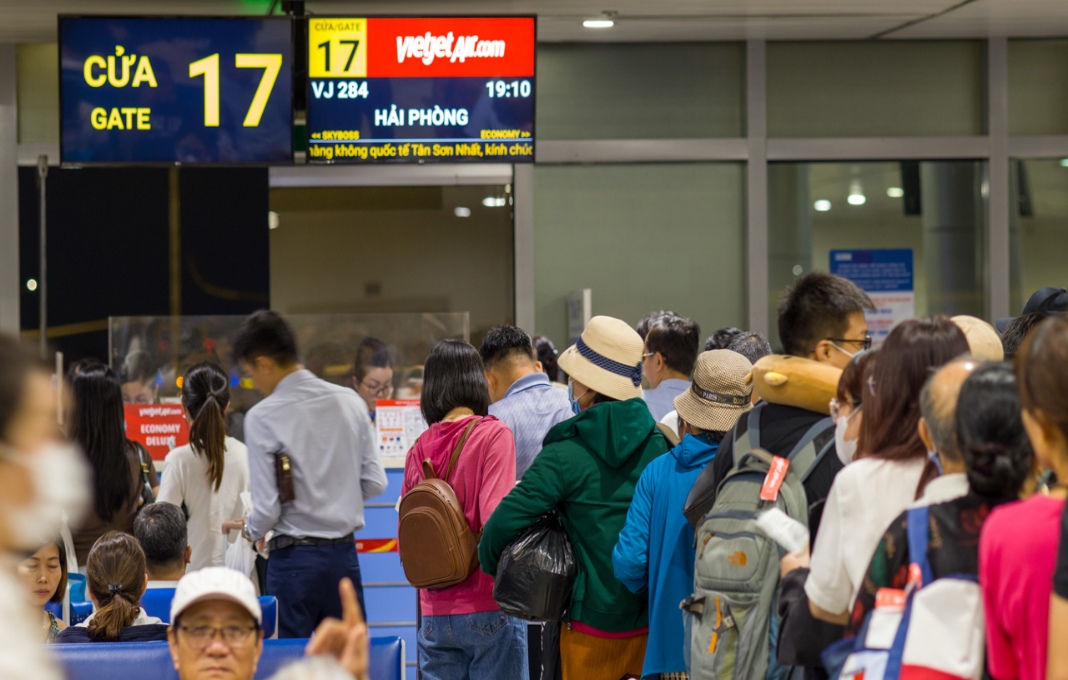HCMC – The Ministry of Transport and transport authorities have mapped out plans to facilitate public transportation needs and ensure safety during the upcoming April 30-May 1 holiday, which is expected last five days straight.
According to the directive written by the Ministry of Transport, the Department for Roads of Vietnam is tasked with keeping a close watch on transportation businesses and bus stations, ensuring strict compliance with registered transport fares and service fees. Those found in violation will be subject to penalties as per law.
Transportation operators are required to adhere to rules on permissible loads and passenger capacities while maintaining service quality.
Localities overseeing test runs of four-wheel electric and gasoline vehicles, along with open-top double-decker buses in restricted zones, must ensure that these vehicles adhere to designated routes and specified schedules.
Build-operate-transfer (BOT) road investors are told to ensure safety, regulate traffic flow, and promptly address congestion at toll stations in case of sudden traffic spikes.
The Civil Aviation Authority of Vietnam (CAAV) has directed airport companies, flight management firms, and airlines to enhance their workforce and equipment capacities, focusing on security screening and luggage claim services, with special attention to Tan Son Nhat and Noi Bai international airports.
Moreover, CAAV has mandated airlines to boost their flight frequencies, including additional night flights, in order to accommodate passengers’ travel demand, while simultaneously adhering strictly to ticket price transparency.
The Vietnam Inland Waterways Administration and the Vietnam Maritime Administration will join hands to promptly implement safety measures to meet people’s travel needs on water transportation routes in case of adverse weather affecting boat operations.
In terms of railway transportation, the Ministry of Transport requires the Vietnam Railways Administration to oversee railway inspection forces to intensify checks on the maintenance of railway traffic order and safety, especially in areas marked by crossings of rail lines and roads in major cities.









